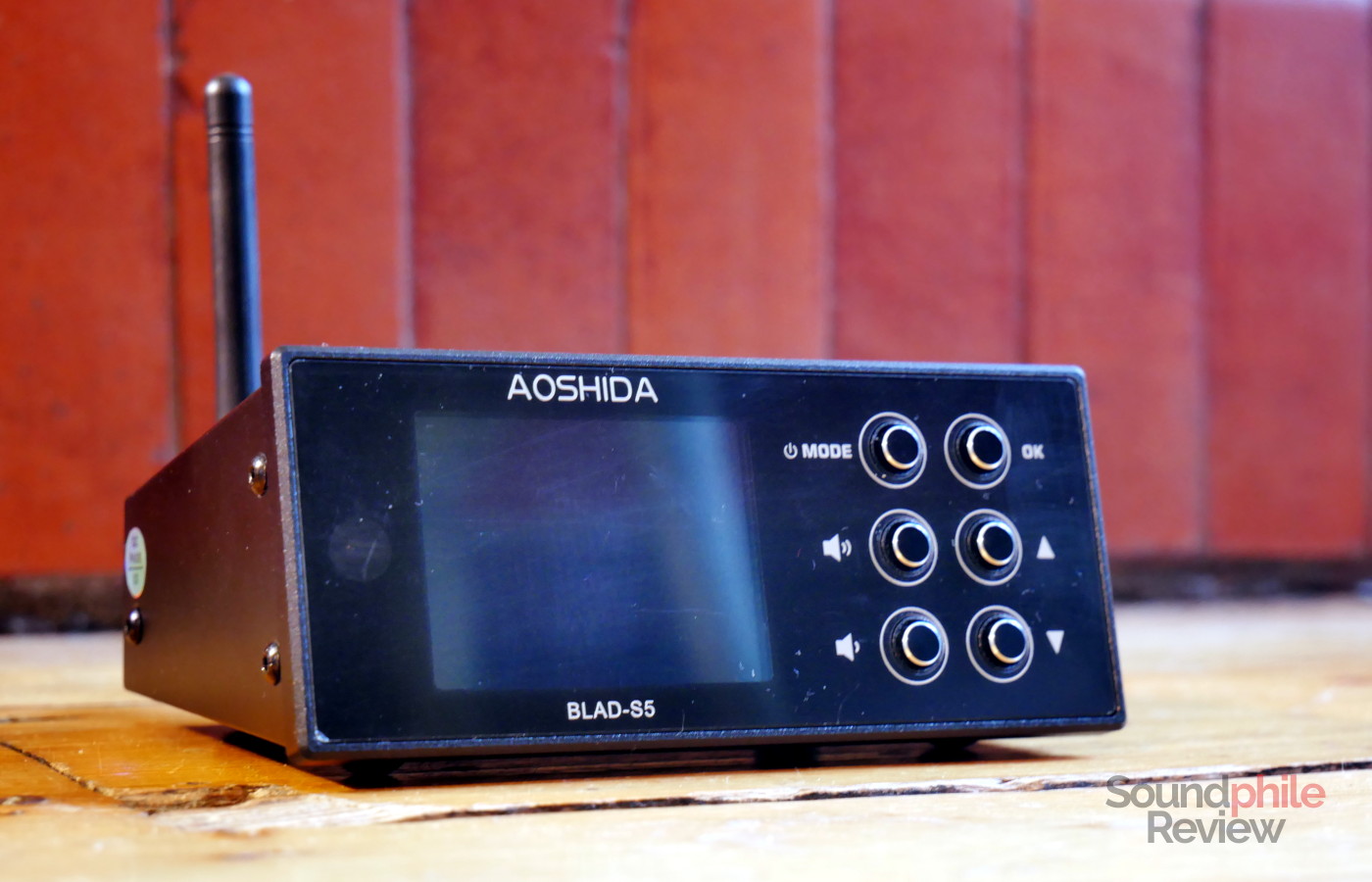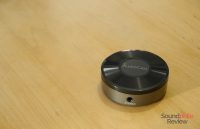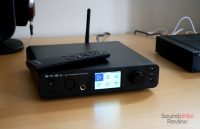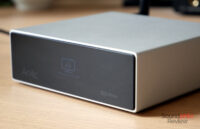Video might have killed the radio star, but… radio isn’t really dead. Or, to use a perhaps more famous quote, reports of the radio’s death are greatly exaggerated. While the radio may not enjoy the success it did many years ago, it is still very much used by a lot of people, but it tends to be more in cars than in homes and, in fact, radio tuners are not really a thing any more. This is why Aoshida Audio came up with the Aoshida BLAD S5, a radio tuner that uses hi-end components to bring you the best quality possible (compatibly with the medium) – as well as some neat modern additions, like Bluetooth. More on the initial point: when growing up my father used to listen to the radio with a receiver connected to the stereo system in the living room, but when I moved out I found myself without a radio receiver at all… and I didn’t really miss it. In fact I haven’t ever used my TV to receive the broadcast signal, either, as I have only used it to stream content – and although I know I’m not representative of the general population, that is kind of a sign that nowadays we just tend to consume on-demand content from the Internet (or, in my case, from my local collection hosted on my NAS as well). But let’s get on with the review!
Disclaimer: I received a free unit from Aoshida Audio. They sell the BLAD S5 for $99.99.
TL;DR: recap
| Pros |
Cons |
| + High-quality components
+ Compact + Both digital and analogue outputs + Amazing Bluetooth range and stability |
– No volume adjustment over S/PDIF
– Auto detection does not find all available stations – Sloped design makes it impossible to stack other devices on top |
Rating: 7.8/10
Packaging & Accessories
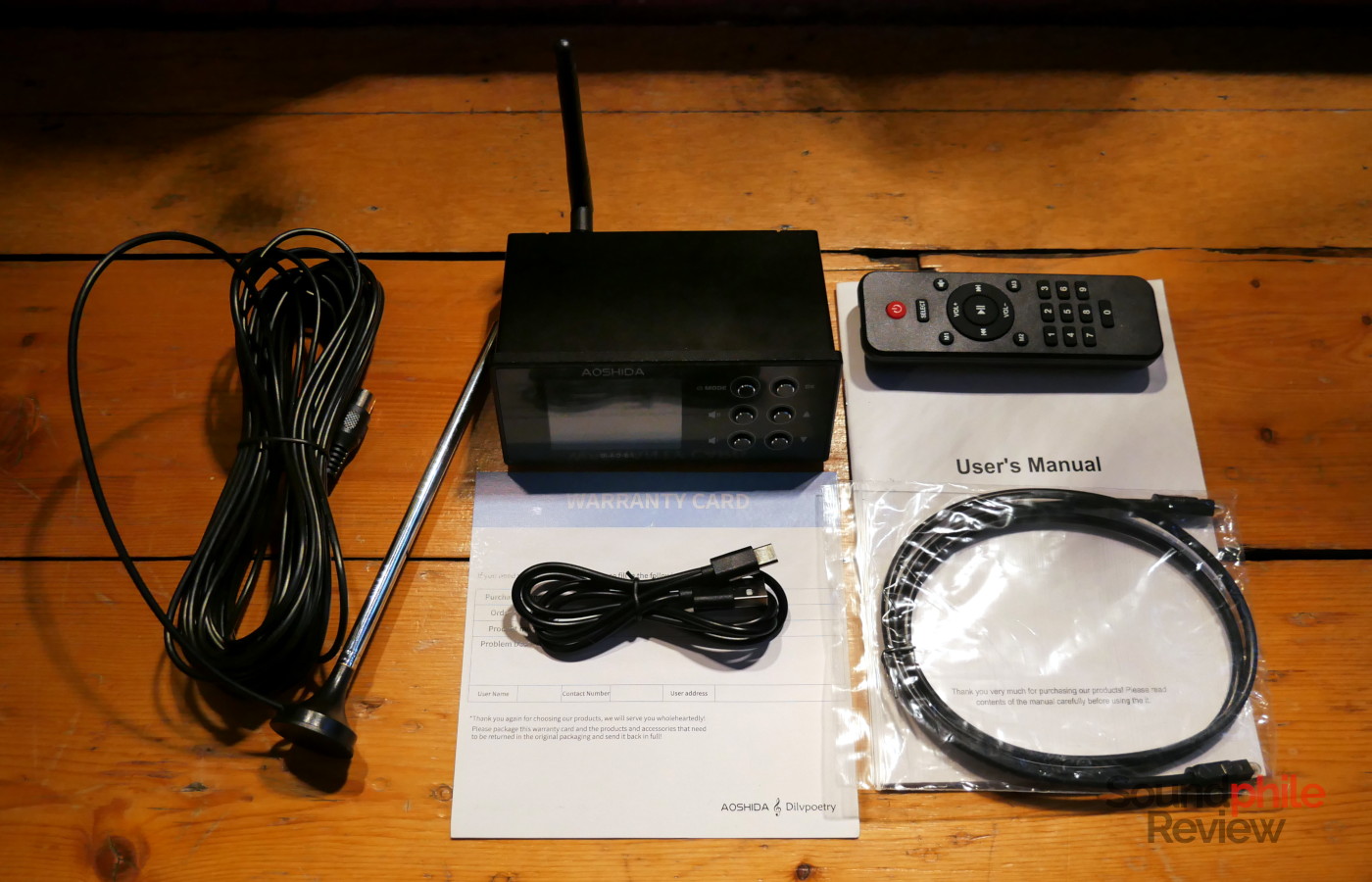
The packaging includes the device itself, the Bluetooth antenna, the FM antenna, a remote control (for which you need to provide your own AA batteries), a USB to USB-C cable, an optical cable and a manual.
Design & Build
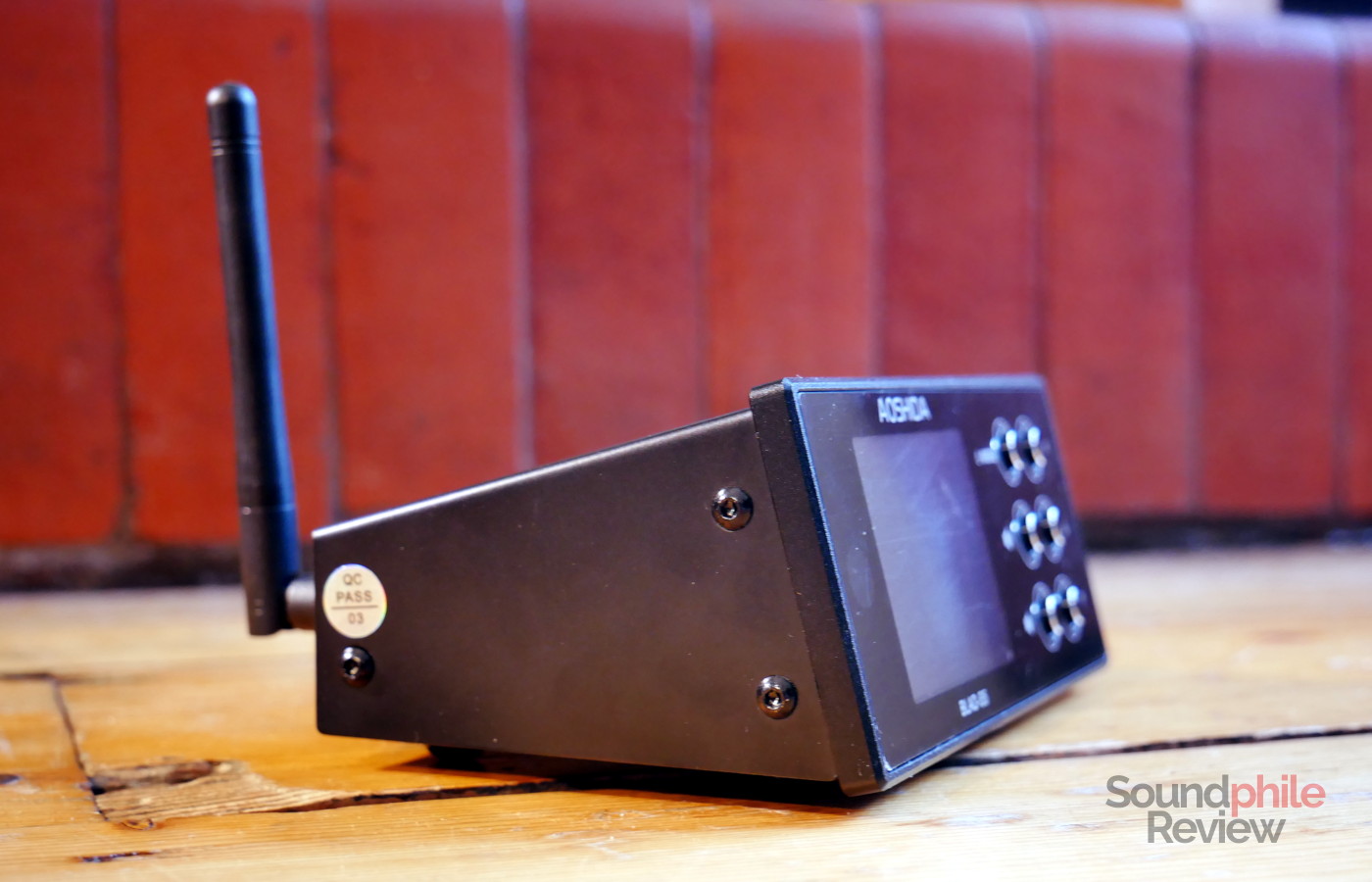
The AOSHIDA BLAD S5 has a peculiar design: its front has a 30° tilt which makes it easier to see it when the device is on a desk – though it does not quite help as much if it’s positioned inside a rack in a living room. The front hosts a 2.4″ colour LCD screen and six buttons: the power button (which also switches between the three modes), an “OK” button, two buttons to adjust the volume and two more to adjust the frequency. There’s also the IR receiver for the remote.
It is not just the front which is sloped: the top of the device is, too, and as a consequence you can’t stack other devices on top of it, a fact which could be limiting in some setups.
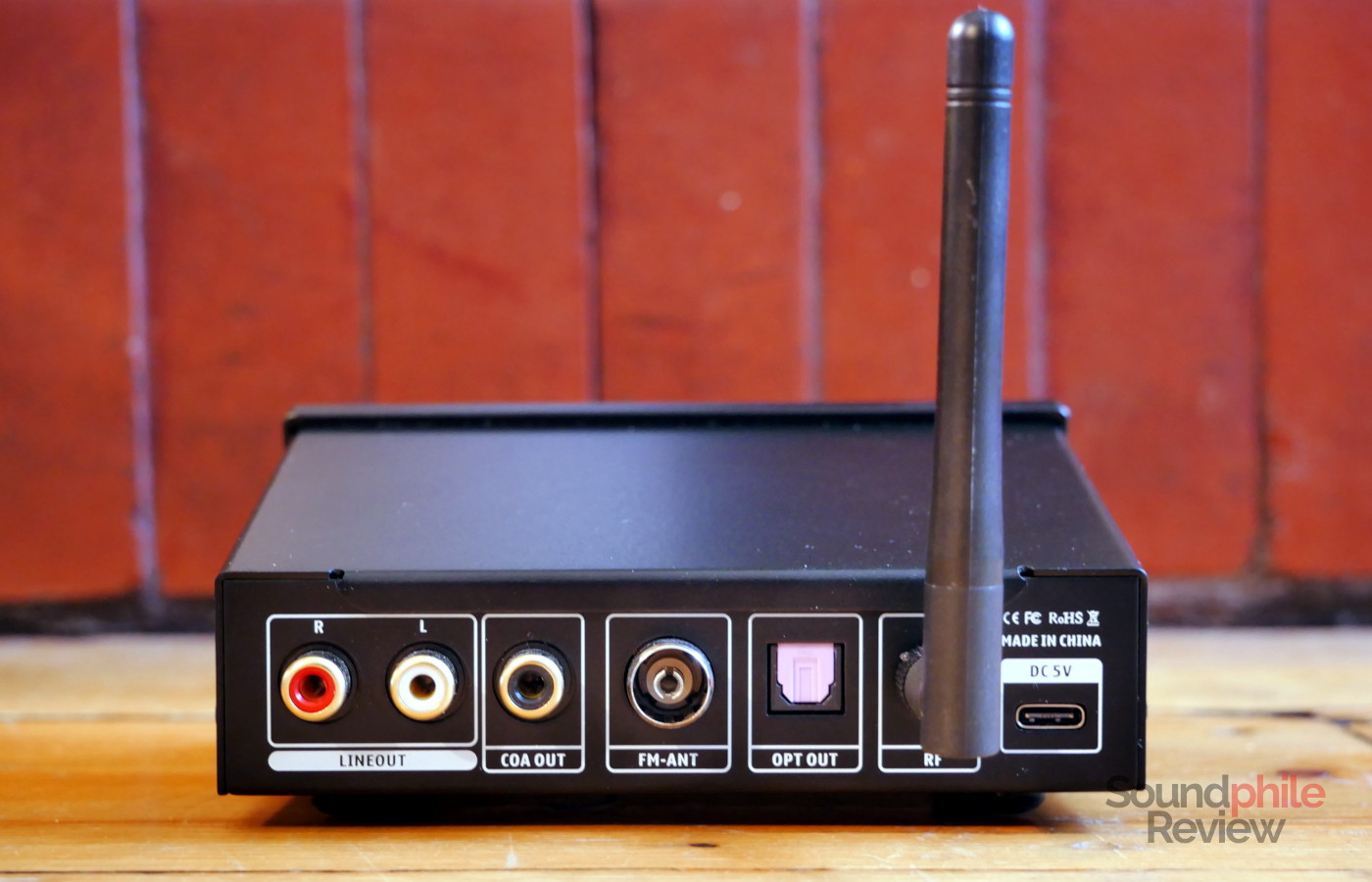
The chassis is made of metal, and the front is covered with a glass panel. The back hosts all the various connectors: the USB input, the FM antenna, the Bluetooth antenna, the RCA output and the digital outputs (coaxial and optical).
The AOSHIDA BLAD S5 is 125 x 89 x 54 mm, which makes it small enough to fit almost anywhere. Build quality is very good and the device looks and feels rather solid.
Features & Specs
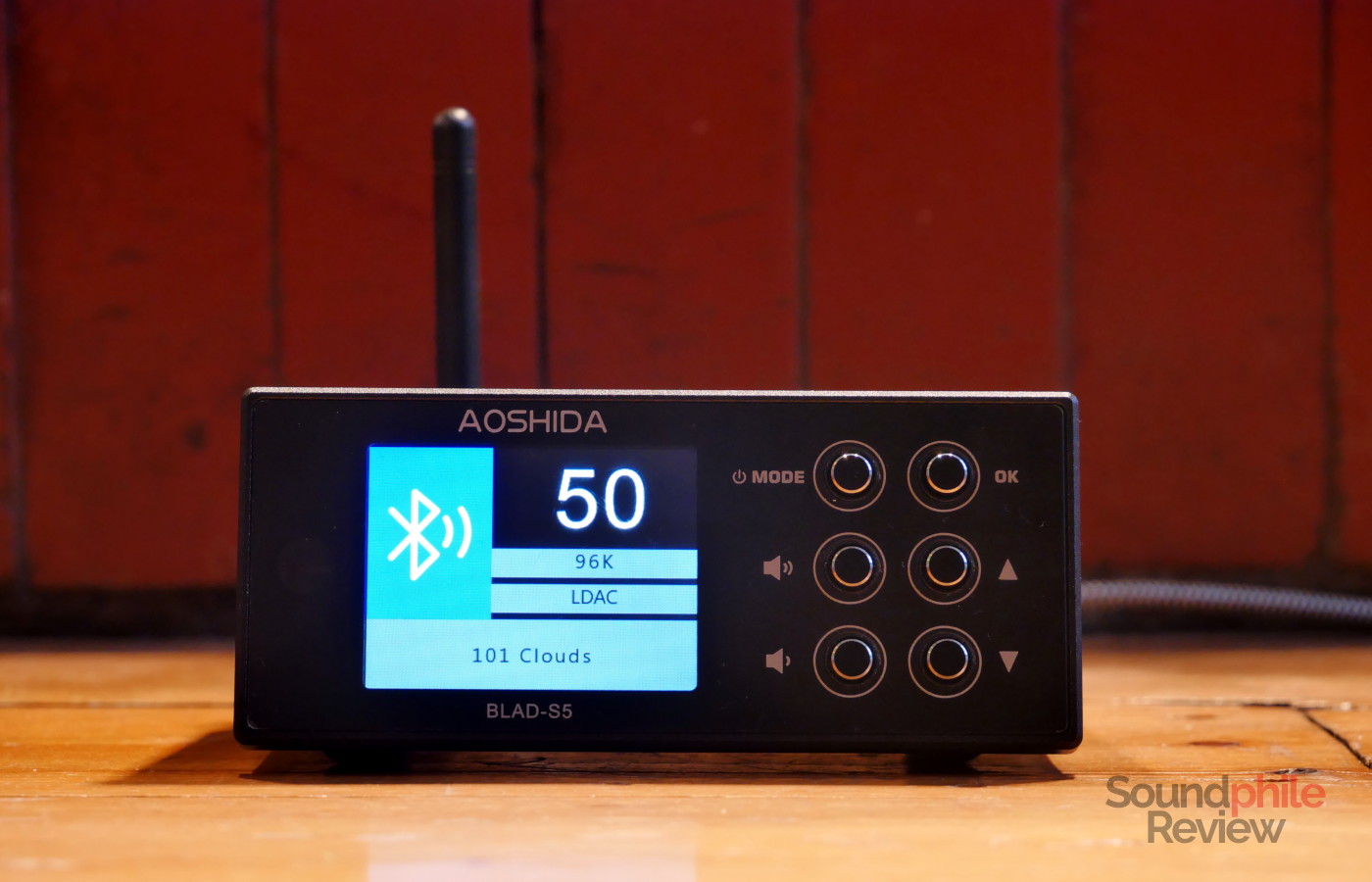
The Aoshida BLAD S5 supports only Bluetooth and FM radio as inputs; although it has a USB port it does not support USB input. When it powers up, it starts in Bluetooth mode; you need to use either the front buttons or the remote to change mode to FM, if you so wish. The device supports Bluetooth 5.1 and supports SBC, AAC, aptX, aptX HD, aptX Adaptive and LDAC codecs. The range is almost extreme, as I can walk anywhere in the house and the music will keep on playing without any hiccup, while the connection stability is superb – for the same reason.
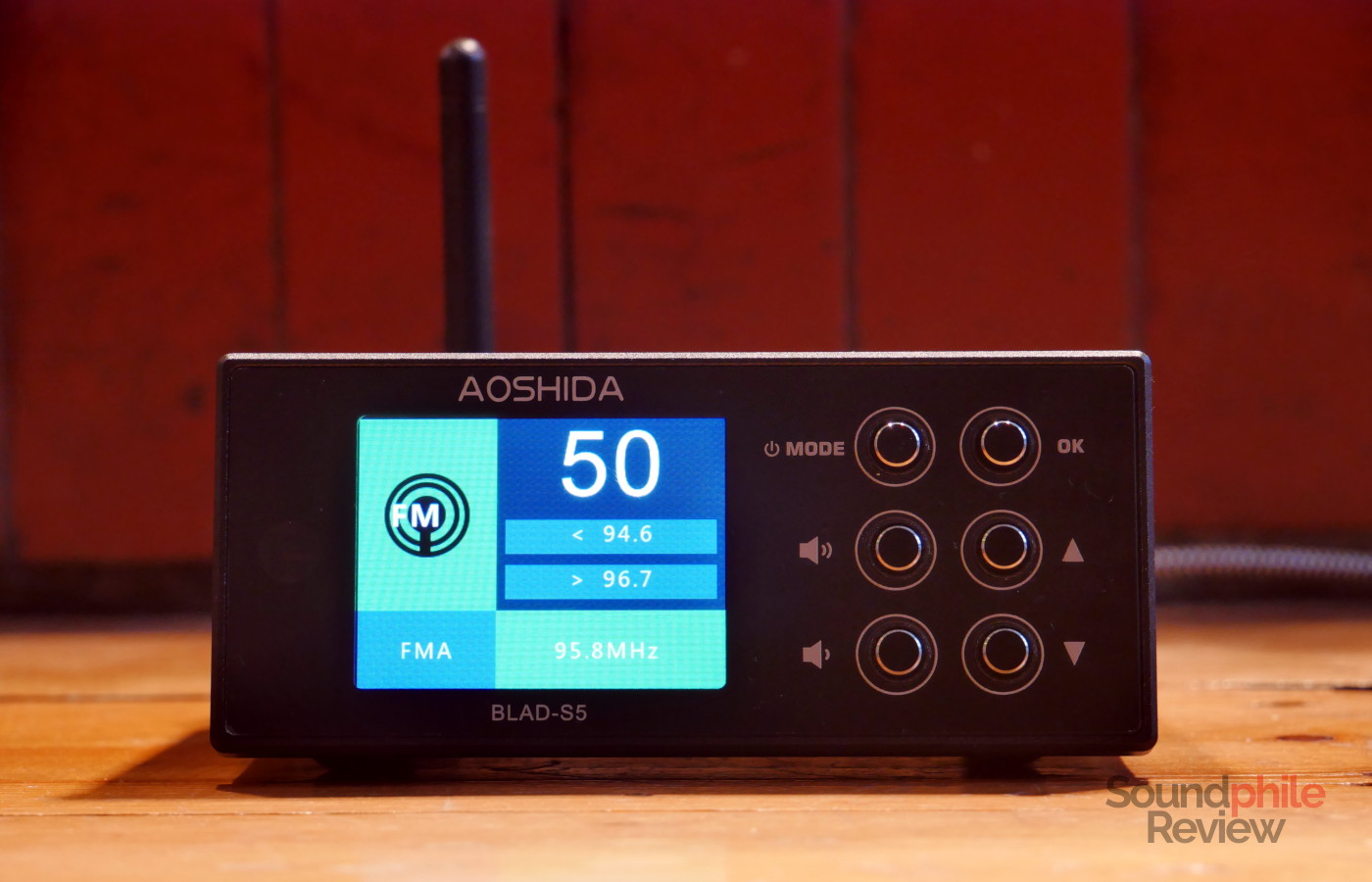
The BLAD S5 supports frequencies from 87 up to 108 MHz, which means you should be able to listen to virtually all radio stations out there – there are in my area up to 107.9 MHz. Although there is a multitude of radio stations available in my area, the automatic discovery was only able to find four of them; manually going through the frequencies I was able to find 9 with good quality signal.
The buttons are not always intuitive. You would think that the button with an arrow pointing up would be used to go to a higher frequency… and you’d be wrong! For some reason, the two arrow buttons are switched, so the one pointing upwards goes to lower frequencies and radio stations while the one pointing downwards goes to upper frequencies.
Volume control only works with the RCA outputs. If you choose to use coaxial or optical output, you cannot adjust the volume at all – not even mute it. While it’s not the first time I see devices unable to adjust volume when using optical output, it’s the first time I see one that can’t mute it.
Aoshida BLAD S5 |
| Input | Bluetooth (up to 24 bit / 96 kHz)
FM radio |
| Output | RCA Optical Coaxial |
| Frequency response | 20 Hz – 20,000 Hz |
| THD+N (@1 kHz) | N/A |
| SNR | 98 dB |
| Crosstalk | N/A |
| Codecs | SBC, AAC, aptX, aptX HD, LDAC |
The Aoshida BLAD S5 uses an ESS Sabre ES9038 DAC, as well as an OPA1656 op-amp. Bluetooth is managed by a Qualcomm QCC5125 chip. To manage the conversion from Bluetooth signal to S/PDIF (coaxial/optical), the device uses a Cirrus Logic CS8406 chip.
Sound
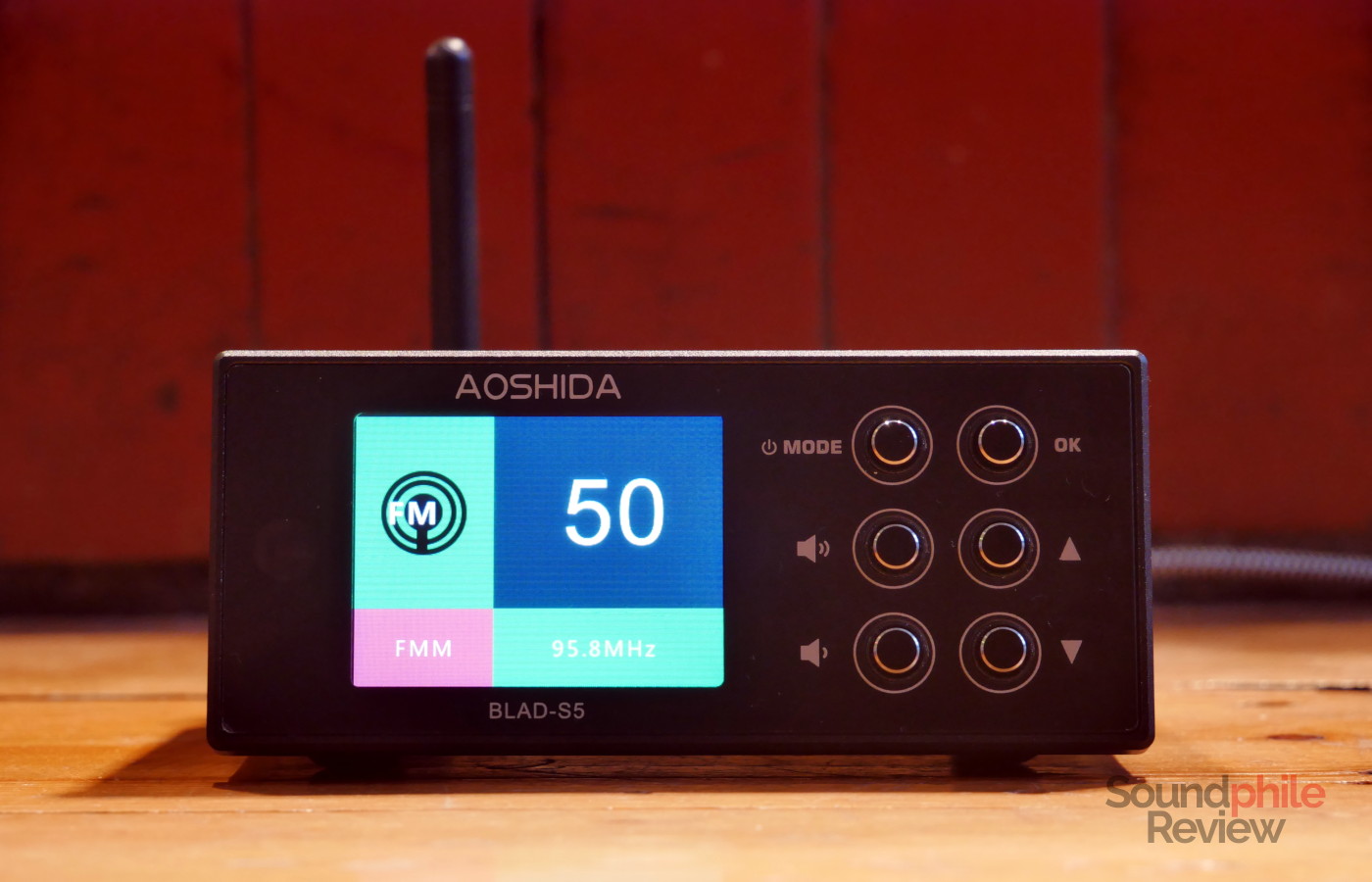
I connected the Aoshida BLAD S5 to an SMSL AO300, in turn powering a pair of Q Acoustics Concept 20 speakers.
The BLAD S5 offers as good a quality as you can possibly get, though sound quality has never been the best trait of FM radio. Radio is, in fact, characterised by a high degree of (perceived) arbitrariness, with the signal sometimes being perfect and sometimes being terrible, as well as changing significantly in quality with the frequency. It took me a while to find a spot where the signal was decent enough, and even then it wasn’t perfect. This is one of the main drawbacks with analogue radio, as the quality of the signal varies significantly and so does the quality of the audio it carries, too.
If you connect to the BLAD S5 using Bluetooth, it acts as a digital transport or a DAC. Using my Google Pixel 7 Pro I can hear no difference when using it compared to connecting directly to the AO300; the presence of the LDAC codec certainly helps in this regard. This also entails that the output is as linear as it can be.
Final Thoughts
Radio wasn’t really killed by video, like a famous song said, as it’s still alive today (whether it is well is another matter entirely). But fewer and fewer people, especially among younger generations, have a radio receiver at home: we all tend to use the Internet, due to its convenience, ubiquity and superior audio quality – not to mention the fact that radio has kinda evolved into streaming services. But radio still has its place, whether it is to find out new songs, to hear the news or to listen to other programmes. If you, like me, are learning another language, it can be great for that too: I am learning Scottish Gaelic and listening to the radio in that language helps me improve my language skills.
The Aoshida BLAD S5 is a modern take on what a radio tuner should be like; in keeping with the times, however, it doesn’t focus only on that and also offers Bluetooth connectivity to give you more flexibility. I find it a rather interesting experiment and, considering there aren’t many similar options out there, it’s one that you should check out if you would like to listen to the radio while taking advantage of the quality of external speakers – whether at home, in the office or in a place where there is no Internet. Radio is not dead, so long live the radio!

